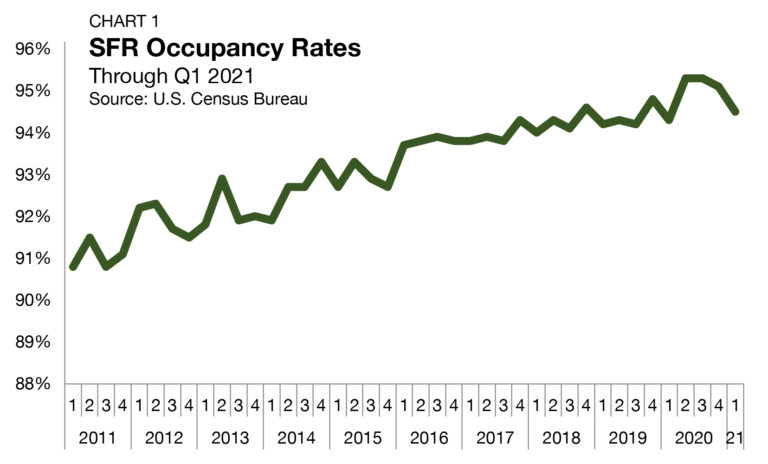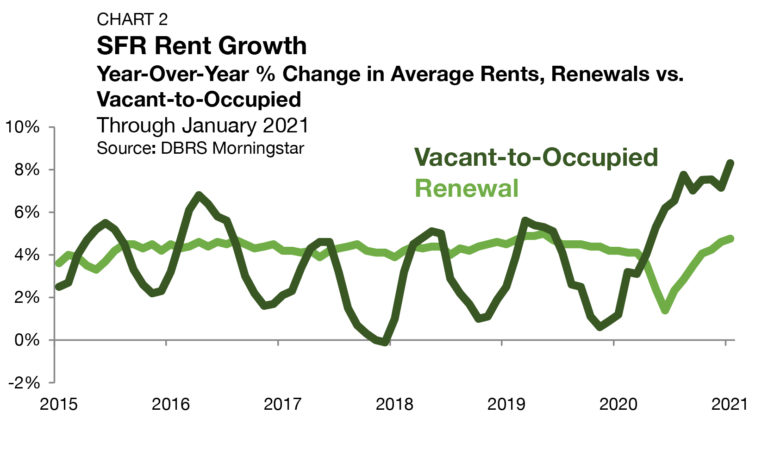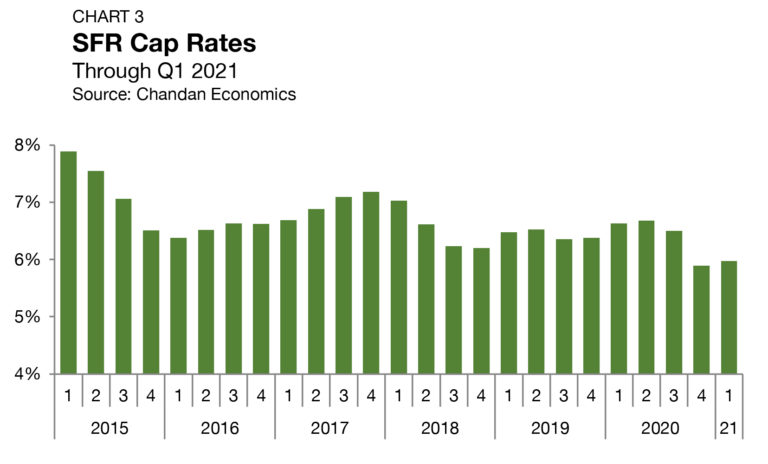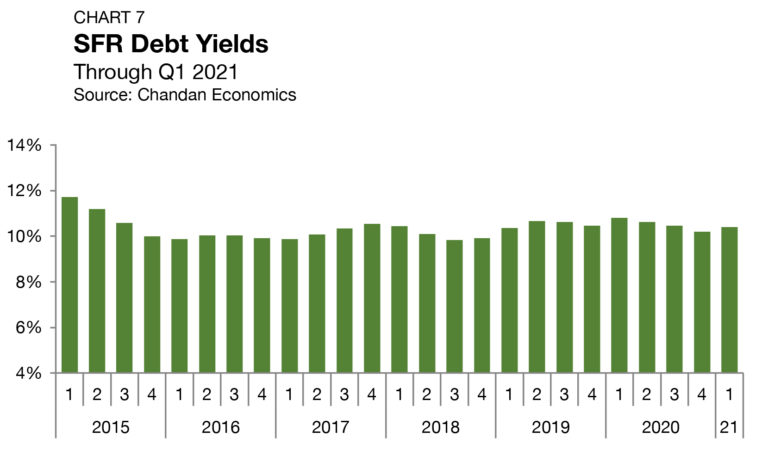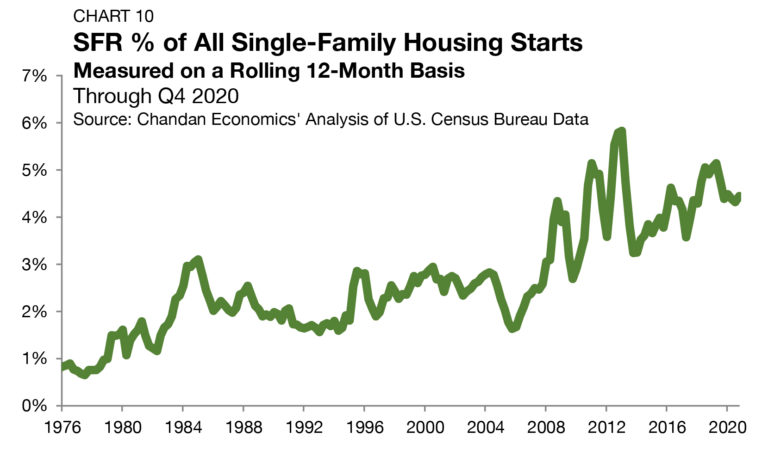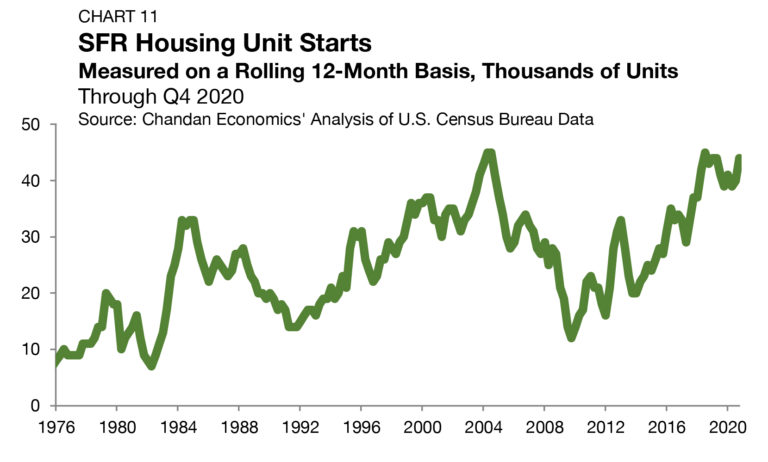Articles
Even as rents retreated elsewhere, single-family rentals (SFR) have continued to outperform all other housing sub-types, exceeding the all-property type national average in 17 consecutive months through February 2024, according to Zillow’s Observed Rent Index (ZORI). Annual SFR rent growth has seen substantial gains in many metropolitan areas since national rent growth peaked in March 2022. In this deep dive, the Chandan Economics and Arbor Realty Trust research teams pinpoint the metropolitan areas where SFR rents are rising the fastest.
Articles
Building on a commitment to developing young talent, Arbor has added another meaningful milestone to its tradition of excellence, launching the Arbor Scholarship Award Powered by Project Destined. It awards two students who embody high integrity, persistence, and a passion for a commercial real estate career with $1,000 and provides mentorship from Arbor executives.
Articles
For more than 30 years, Arbor has been committed to growing financial partnerships that meaningfully impact communities nationwide. From planting trees to celebrate closed loans to supporting environmental organizations, our work has always been a win-win for our financial partners and the planet. But just as leaves change with each passing season, Arbor’s branding is evolving to seize the moment by embracing our roots with True Colors.
Articles
Since the Fannie Mae Green Rewards program launched in 2015, green financing has become a mainstay of commercial real estate. In addition to reducing the environmental impact of multifamily housing, the Green Rewards program creates a triple bottom line with increased cash flows, higher quality housing, and lower energy and water usage. With a high upside and little downside, the program is well worth multifamily borrowers’ consideration.
Articles
From California wildfires to rising sea levels to Florida hurricanes, the direct and indirect risks of climate change have grown in recent years, making a more substantial impact on the multifamily sector. As the need for sustainability becomes increasingly apparent, lawmakers and lenders have advanced programs and policies that show “going green” is a win-win.
Current Reports
As housing costs spiral, rental affordability has become a more urgent issue, burdening a greater number of Americans. Arbor’s Affordable Housing Trends Report Spring 2024, developed in partnership with Chandan Economics, examines the major policies and programs shaping the marketplace at a time when overdue federal funding expansions have increased agency budgets.
Articles
In front of professionals and executives from more than 120 companies at the Real Estate Pride Roundtable in New York City in April, dozens of speakers shared honest perspectives on how far the commercial real estate industry has come on LGBTQ+ inclusion and how much more it has to go.
Articles
Lifestyle renters — those who have the means to own but prefer to rent or are willing to pay more for apartments with amenities — have become a key driver of rental demand in single-family rental homes, build-to-rent communities, and other types of high-quality multifamily housing. With this small yet influential demographic growing, our research teams examine and explain the factors driving lifestyle renter demand.



